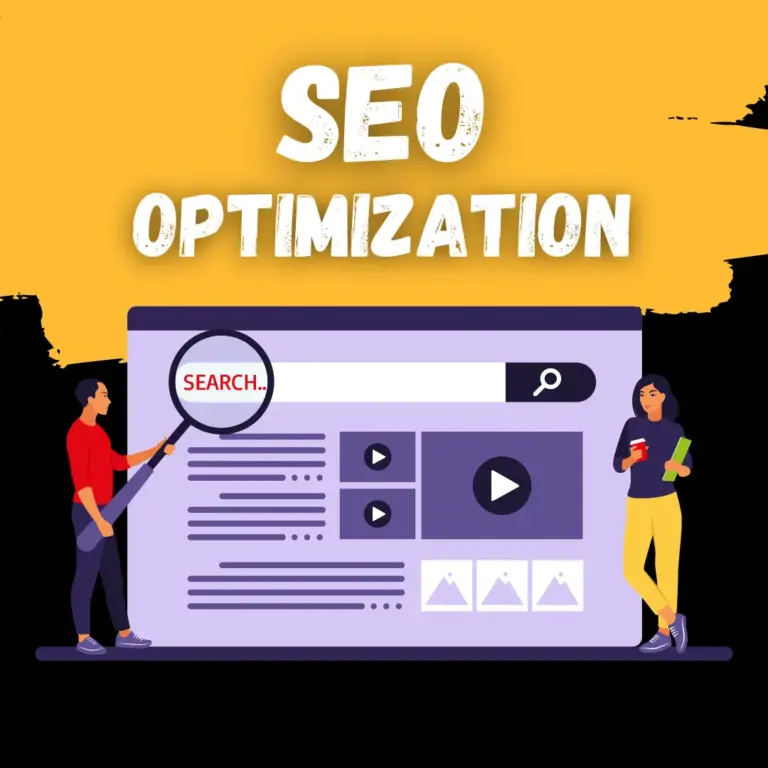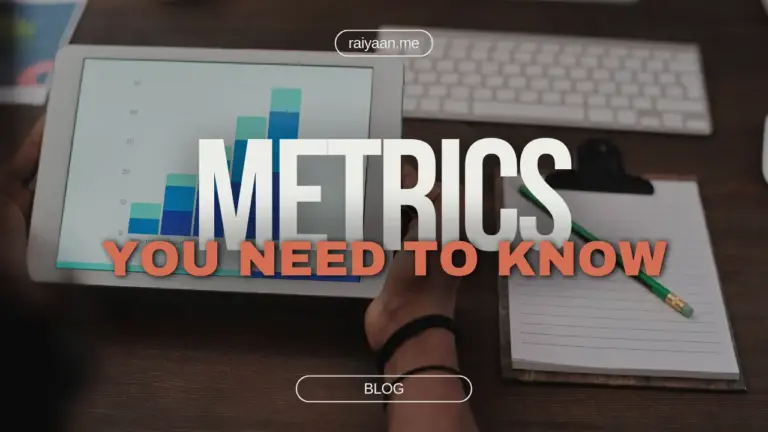SEO Beginners Guide - 2024

Before you start reading this blog, go to any of the search engines like Google or Microsoft Bing and search for a product. What can you see? — Some search results with the same keyword that you have entered.
Have you ever wondered how Google decides to show these webpages to you for a search among thousands of webpages? How does Google rank them? Well, it’s the magic of a powerful marketing tool called— SEO.
SEO is one of the sustainable and most powerful tools of organic marketing. In this blog, I’ll enlighten you about– what is SEO, How search engines and SEO work, Why SEO is important, SEO vs SEM, SEO vs PPC, Types of SEO, and lastly, the subgenres of SEO.
What is SEO?
SEO stands for Search Engine Optimization. It’s a set of processes that Aim at improving our website visibility in search engines like Google to get more organic traffic. For example, if you sell t-shirts, SEO can help your website show up in Google when people search for the buy t-shirts. It’s basically the process of how websites stay ranked in search engines.
How Search Engine Works?
Before we deep dive into SEO, it is important to know how a search engine works.
There are some popular search engines like.
- Microsoft Bing etc
SEO mostly focuses on Google because as of July 2023, Google holds 92.08% of the worldwide search engine market share. Hence in this blog, we will mostly focus on Google.
Here is how Google Uses the following stages to find and rank content:
Crawling
Google uses bots, crawlers, or computer programs to crawl the web and look for new or updated pages. For Google to find a page, the page should have at least one link pointing to it.
Indexing
The next step is that Google analyzes each page and tries to make sense of what the page is about. It tries to read the content and understand it. Then Google stores this information in the Google index. Google Index is a huge database of web pages of Google to store information.
Serving Results
The last step is serving the results. The searchers enter any query Or keyword, Google searches in its database and analyzes which pages are the best in terms of quality, relevance, and importance, and ranks them in the SERP.
How does SEO work?
SEO Works with the combination of 4 things
People: Who strategies and do operational work
Process: The actions taken for optimization
Technology: The platforms and tools used
Activities: The end product.
Why is SEO important?
There is a saying that,
The best place to hide a dead body is page 2 of Google search results.
Academic research indicates that 91% of searchers do not go past page 1 of the search results and over 50% do not go past the first 3 results on page 1. Hence, it is important to rank on the first page of your website.
Here are some other reasons why SEO is important for your business:
A Sustainable Marketing Tool
Unlike other paid advertising, SEO is sustainable for a business. When a paid campaign ends, so does the traffic. Traffic from social media traffic is at best unreliable – and a fraction of what it once was. SEO drives organic traffic to your website. SEO is a channel that drives the traffic you need to achieve key business goals (e.g., conversions, visits, sales).
Building Trust and Reliability
A website ranking well generally builds trust in the searcher’s mind— which are key elements Google wants to reward with better rankings.
Higher ROI
You put money into your website, and into the marketing campaigns that lead back to your website pages. A top-performing site improves the fruits of those campaigns, making your investment worth it.
More Customer
When you do SEO, you usually target popular keywords that your users tend to search. If you rank on those keywords, meaning you’ll get more relevant traffic. The correlation is very simple—the higher you rank, the more people will visit your page.
SEO vs. PPC
PPC stands for pay-per-click advertising where an advertiser is charged if any of their ads gets clicked on.
Most search engine results pages (SERPs) contain two main types of results:
Paid results: You have to pay to be here, through pay-per-click (PPC) advertising
Organic results: You must “earn” your rankings here, through SEO
But when we search we tend to ignore the ad and click on the organic search. Moreover, once your money is finished and the ad is stopped, traffic will be reduced.
On the other hand, SEO takes more time and effort– although it focuses on free organic traffic. Once you rank for targeted keywords you can reach out to more people.
SEO vs. SEM
SEM stands for Search Engine Marketing. It is the process of gaining traffic and visibility for your website through paid and unpaid efforts.
The key difference Between SEO and SEM is that,
SEO drives traffic organically from search engines whereas SEM focuses on driving organic and paid traffic from search engines.
Types of SEO
There are 3 types of SEO. They are–
- Technical SEO
- On-site SEO
- Off-site SEO
What is technical SEO
Technical SEO is the process of ensuring that a website meets the technical requirements of modern search engines with the goal of improved organic rankings. It is is about improving your website to make it easier for search engines to find, understand, and store your content.
Important elements of technical SEO include-
- Crawling
- Indexing
- Rendering
- Website Architecture
What technical elements matter here: URL structure, navigation, internal linking, and more.
Here are some other factors to consider as well.
- Elements such as Core Web Vitals, mobile-friendliness and usability, HTTPS, and avoiding intrusive interstitials all matter in technical SEO.
- Good user experience is important.
- Website loading time also impacts the ranking of the website
What is On-site SEO
On-page SEO (also called on-site SEO) is the process of optimizing web pages and their content for both search engines and users. It can help rank pages higher on Google and drive more organic traffic.
The goal, always, is to publish helpful, high-quality content. You can do this through a combination of understanding your audience’s wants and needs, data and guidance provided by Google.
On-site SEO or on-page SEO includes-
- Creating quality content
- Adding relevant keyword
- Including internal and external links
- Adding relevant images
- Optimizing tags etc.
While optimizing content keep in mind—
- Cover relevant topics with which you have expertise
- The content is up-to-date
- Content should be relevant and informatic
- The content is better than your SERP competitors
- The structure should be reader-friendly.
Some key content elements to optimize—
- Title tags
- Meta description
- Header tags (H1-H6)
- Image alt text
- Open Graph and Twitter Cards metadata
What is Off-site SEO
Off-page SEO involves all actions you take to impact your search engine ranking that fall outside of your website. Link building (the process of acquiring links to a website) is the activity most associated with off-site SEO.
Common off-page SEO actions include,
- Building backlinks
- Encouraging branded searches
- Increasing presence on social media
- Guest blogging
You must be wondering what backlinks are. — SEO backlinks are links from another website to your website. It helps to increase your ranking on search engines and improve visibility.
SEO Subgenres
Search engine optimization also has a few subgenres. They are–
E-commerce SEO
It’s about optimizing an e-commerce site. It additionally includes optimizing–
- Category pages
- Product pages
- Product images
- Product reviews etc
Enterprise SEO
This is SEO on a massive scale. Typically this means dealing with a website (or multiple websites/brands) with 1 million+ pages – or it may be based on the size of the organization
International SEO
This includes doing SEO for international businesses and optimizing it for international search engines.
Local SEO
The goal is to optimize websites for visibility in local organic search engine results.
News SEO
With News SEO, the content ranks on Google Discover, Google’s top stories, and Google News.
Now that you know what is SEO and the benefits of SEO, start doing SEO for your business as well.
Start with keyword research, optimize title tags & content, build backlinks, and track your progress.
Attract organic traffic, improve brand awareness, build trust, and drive conversions.
Audit your site, fix technical issues, create high-quality content, earn backlinks, and stay updated on best practices.



